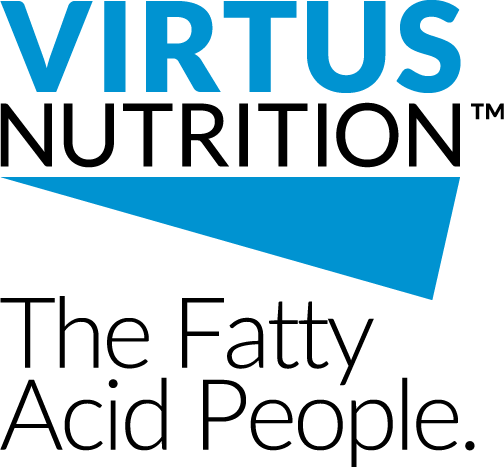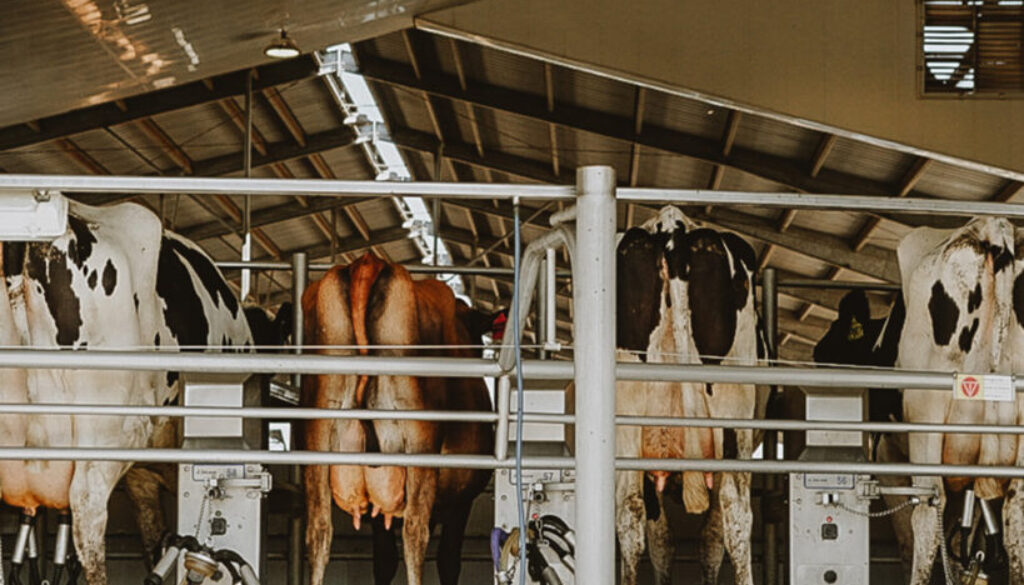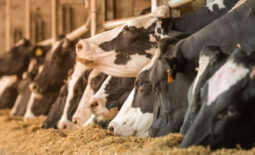Helping Cows Bounce Back: Management and Nutrition Tips for Uterine Involution
Listen here to the full podcast with Dr. Waterman on The Dairy Nutrition Blackbelt Podcast.
When we talk about cow health and reproduction, one thing that often gets overlooked is just how important rapid uterine involution is. Simply put, if a cow doesn’t get bred back, or a virgin animal does not breed, she won’t produce milk. And with today’s economics—Angus Holstein calves selling for $900–$1200 and herd replacements hitting $3500–$4000—every single pregnancy matters more than ever. The faster a cow’s uterus can return to normal, the sooner she’s ready for the next calf, and the better off the dairy will be.
How Long Does Uterine Involution Take?
Normally, the uterus takes about 40–50 days after calving to shrink back and restore its structure. Some cows may be ready sooner—closer to 26 days—while others can take up to 90.
There are a lot of factors that play into this timeline:
- First-time calvers often bounce back faster than older cows.
- Seasonal changes make a difference—some studies show quicker involution in summer and fall.
- And of course, things like calving difficulty, inflammation, and metabolic disorders can all slow the process down.
What’s Actually Happening Inside the Cow?
Once the placenta is expelled, the uterus kicks off a “rapid phase.” During the first 10–14 days, the uterus shrinks significantly. After that, things move into a “gradual phase.” It’s slower, but the healing and remodeling continue until the uterus is fully recovered—usually by that 40–50 day mark, though it can be longer.
By about three months postpartum, most cows that are cycling again have completed the process.
What Can We Do to Help?
Here’s where good management really pays off. A few key strategies make a big difference:
Keep stress low. Avoid overcrowding prefresh pens, provide at least 30 inches of bunk space, and limit pen moves before calving. Anything that maintains DMI and reduces stress helps the uterus recover.
Watch body condition. Cows that calve in with a healthy condition involute faster and avoid more metabolic headaches. Over-conditioned cows, on the other hand, are at higher risk for negative energy balance and immune issues.
Stay ahead of metabolic disorders. Ketosis, milk fever, and lipomobilization can all set cows back. Transition diets and close monitoring are key.
Catch uterine infections early. Abnormal discharge? Step in quickly with diagnostics and treatment.
Don’t Forget About Inflammation
Something we don’t talk about enough is the inflammation that happens at dry-off and calving. Just because a cow looks fine—no fever, eating well—doesn’t mean there isn’t inflammation going on under the surface.
Research has shown this inflammation plays a big role in both metabolic disorders and how quickly the uterus recovers. If a cow is over-conditioned and has a rough calving, the inflammation load is even heavier. And the longer that inflammation lingers, the slower the uterus bounces back.
That has ripple effects: delayed heat cycles, lower conception rates, and maybe even early embryonic losses because the uterus just isn’t ready to support implantation.
New Research: Omega-3s Show Promise
Some exciting new research out of Michigan State and the University of Guelph suggests omega-3 supplementation (EPA and DHA) could give cows an edge during transition.
At Michigan State, cows fed omega-3s had smaller uterine horn areas at eight weeks postpartum—basically showing faster involution.
At Guelph, omega-3-fed cows had lower intravaginal temperatures after a challenge and showed higher pregnancy rates.
It looks like these fatty acids may help calm down inflammation and support reproductive recovery.
To Wrap it Up
At the end of the day, every pregnancy is dollars on the bottom line. With today’s calf and replacement prices, helping cows transition smoothly and involute quickly isn’t just good herd health, it’s good business.
That means paying attention to management, nutrition, body condition, inflammation, and maybe even considering new nutritional tools like omega-3s. The goal is simple: give cows the best possible start so they’re ready to breed back sooner and stay productive longer.







